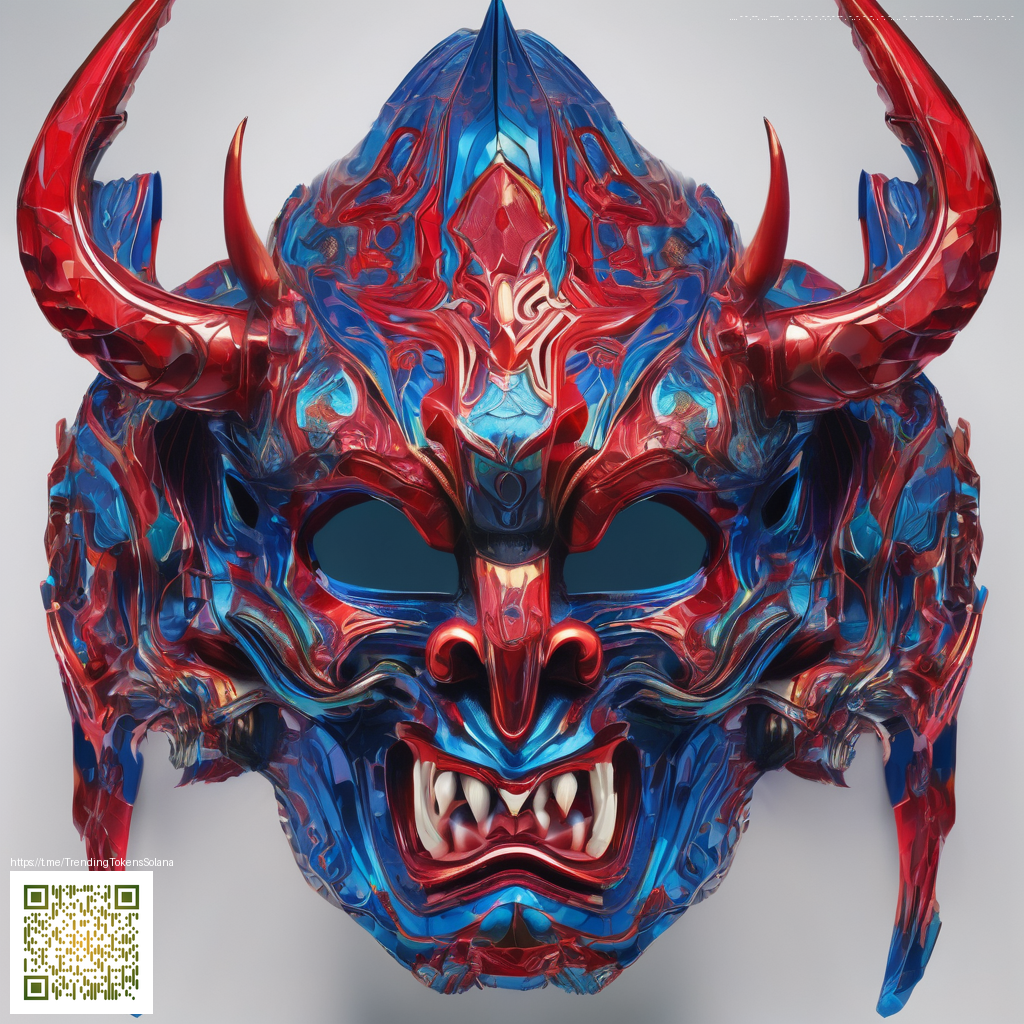
Pixel art with Jungle Log axis for realistic shading
Minecraft art often hinges on small details that sell depth and texture. The Jungle Log block holds a quiet but powerful trick a built in axis setting that controls which direction the log runs. By choosing the axis orientation you can craft shading that reads as light and shadow across a grid of blocks. This approach works in both Java Edition and Bedrock and can elevate your pixel art from flat to believable with just a few placement choices.
In this guide we explore how to exploit the axis property to improve your pixel art. You will learn how to plan a color and grain palette, align blocks to the light direction, and mix jungle logs with other materials to create convincing textures. The techniques are practical and ready to try on your next build. 🧱🌲
Understanding the axis property
- Axis values are x, y and z which determine the log orientation on placement
- Axis y makes the log stand vertical creating a column like effect with the bark facing the sides
- Axis x or z lays the log along a horizontal line and affects which faces display the dark bark texture
- The ends of the log show a lighter wood tone and can be used to simulate light hitting the edge of a block
The jungle texture reads differently on each face when you rotate the axis. This is crucial for shading because the face you see most clearly depends on the axis. By aligning a line of jungle logs with the light direction you can simulate a soft gradient from bright to dark across the art piece. Try combining rows of axis y pieces for vertical shading with axis x blocks to fill horizontal bands. 🌿
Practical building steps for a shaded jungle log pixel art
- Plan a simple 16 by 16 canvas and sketch the light map for your scene
- Lay out long runs of jungle logs with consistent axis to guide shading across the grid
- Alternate axis orientation to create diagonal shading transitions without introducing new blocks
- Fill gaps with other blocks such as dark oak planks for mid tones
- Test from different angles in game to verify the shading reads as intended
Tip practical tip keep the line thickness even and maintain a clear light source so the shading feels cohesive. If you want extra texture sneak in subtle color shifts using stained logs or planks to simulate color variation. The aim is to have a readable silhouette that still feels natural in a flat pixel world 🧱💎
Technical tricks and community ideas
- Use a small layered approach a base of woods for core shape and a top layer of lighter blocks to mark highlights
- Experiment with micro shading by rotating axis for blocks that sit at the edge of surfaces
- Combine with smooth lighting rules from pack textures to enhance depth
- Share completed pieces with the community to inspire permutations and new palettes
- Document your process in a build journal to track how shading choices evolved
As the Minecraft community grows shading techniques become part of the shared toolkit. Jungle Log axis is a simple yet powerful option that helps you move beyond flat color blocks toward a more realistic carved look. With patience and practice you can turn a grid of logs into a living portrait of light and wood grain. 🌲⚙️
Support Our Minecraft Projects